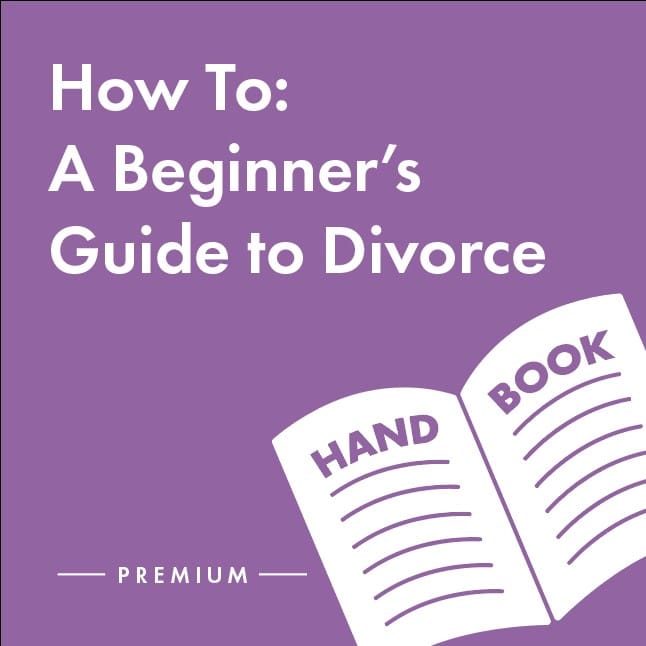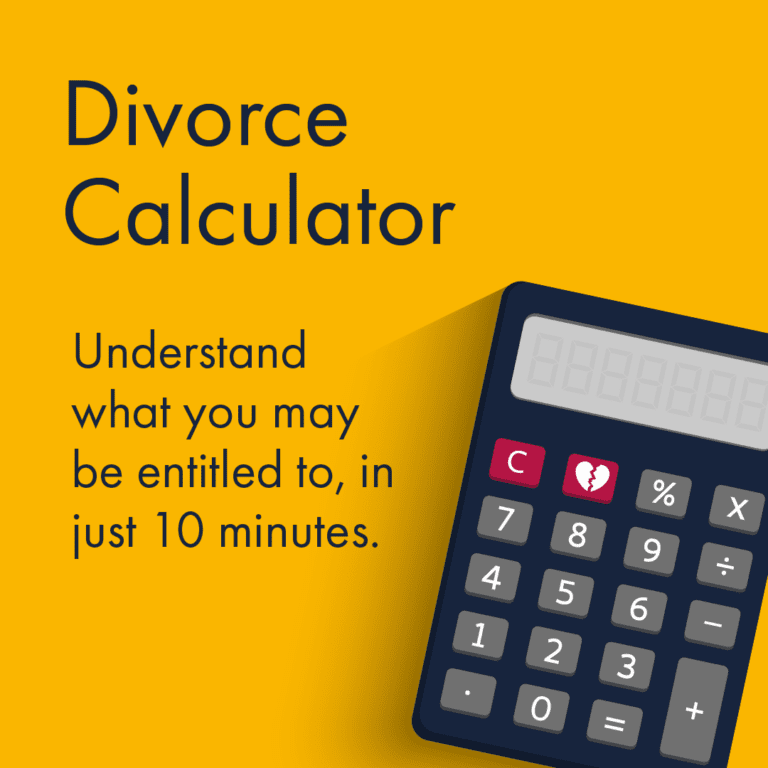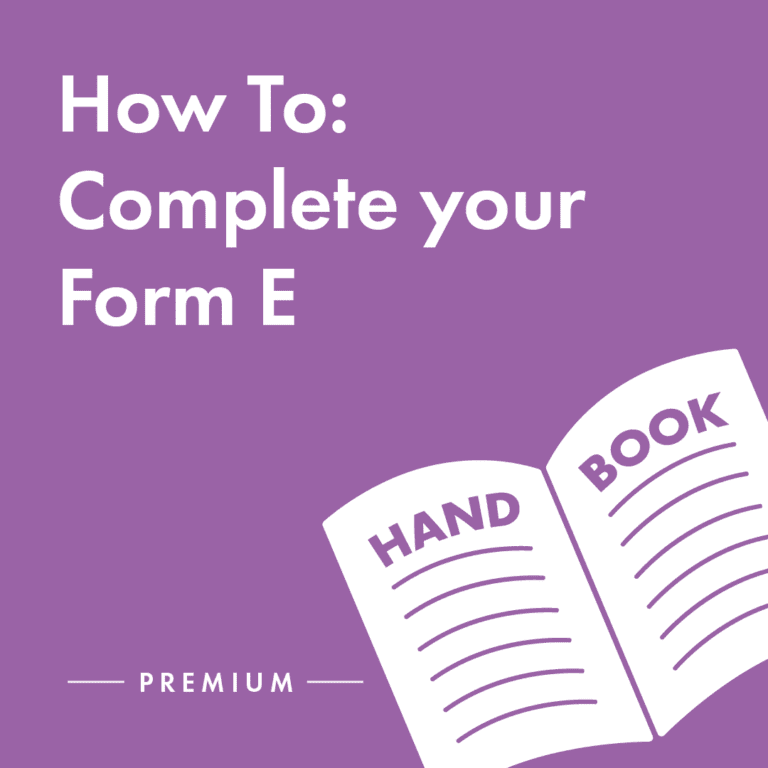 Download the guide
Download the guide
Why might a home be legally owned by just one partner?
There are several reasons why the family home might be owned solely by one partner. Common reasons include:
- One partner owned the home before the marriage.
- Only one partner was able to secure a mortgage at the time of purchase.
What is a Home Rights Notice?
In England and Wales, a Home Rights Notice (formerly known as a Matrimonial Homes Notice) protects individuals who do not own a property but have a right to occupy it. This is typically used when one partner continues to live in the other’s property during a divorce or civil partnership dissolution to secure their right to occupy the home. If the non-owner moves out of the property, a Home Rights Notice can still be used. It alerts any potential buyers that the non-owner may have a claim to the property, making it harder for the owner to sell or transfer it without addressing this interest.
 Use the calculator
Use the calculator
How does a Home Rights Notice Work?
A Home Rights Notice is registered with the Land Registry to prevent the sale of the property without the non-owning partner’s knowledge until the notice is lifted. This provides two key protections:
- The right to occupy the property.
- Protection from the owner-spouse selling, transferring, or mortgaging the property.
The notice does not change the legal ownership of the property, but it safeguards the non-owning partner’s rights during the divorce or dissolution process.
Why you might consider a Home Rights Notice
When a couple separates, the non-property-owning partner can still live in the family home until financial matters are settled. Without a Home Rights Notice, the property owner could sell the house, leaving the non-owner homeless and complicating financial proceedings.
In such cases, urgent applications to freeze the sale proceeds would need to be considered to prevent further complications.
A Home Rights Notice ensures that anyone conducting a Land Registry search, such as prospective buyers or mortgage lenders, is informed that the non-owning partner potentially has an interest in that property.
Common questions about Home Rights Notices
Common questions about Home Rights Notices
-
How do I get a Home Rights Notice?
To apply for a Home Rights Notice, contact a family lawyer who will help you complete a Form HR1 and submit it to HM Land Registry. If you are legally married to the property owner and live in the property, your application will typically be granted, preventing the property from being sold without your knowledge.
-
How much does a Home Rights Notice cost?
There is no fee to register a Home Rights Notice with HM Land Registry.
-
How long do Home Rights Notices last?
A Home Rights Notice lasts as long as the legally married partner retains rights to the property. These rights end when the divorce is finalised, the death of the non-owner party, by written consent of the non-owner or through a court order. Once the divorce or civil partnership dissolution is legally complete, the notice is no longer valid and an application can be made to cancel the Homes Rights Notice
-
Do I need the homeowner’s consent to apply for a Home Rights Notice?
You do not need the property owner’s consent to apply for a Home Rights Notice. However, the property owner will be notified in writing by HM Land Registry once the notice is applied.
-
Are all homes treated the same?
Not all properties qualify as a matrimonial home. For a property to qualify, it must have been occupied jointly as a matrimonial home or intended to be used as such during the marriage or civil partnership. This protection does not apply to rental properties or to cohabitees (unmarried couples).
-
Can my ex block a Home Rights Notice?
No, however an application can be made to cancel the notice, as in the circumstances listed above.
 Download the Form E guide
Download the Form E guide
HM Land Registry’s free property alert service
HM Land Registry offers a free Property Alert service that lets non-owning spouses monitor up to 10 properties. The service sends email alerts if significant changes occur, such as a mortgage being charged against the property. While this is not a replacement for a Home Rights Notice, it can help alert you to potential changes that could affect your rights.
Latest advice
Newsletter Sign Up
Sign up for advice on divorce and relationships from our lawyers, divorce coaches and relationship experts.
Privacy Policy







